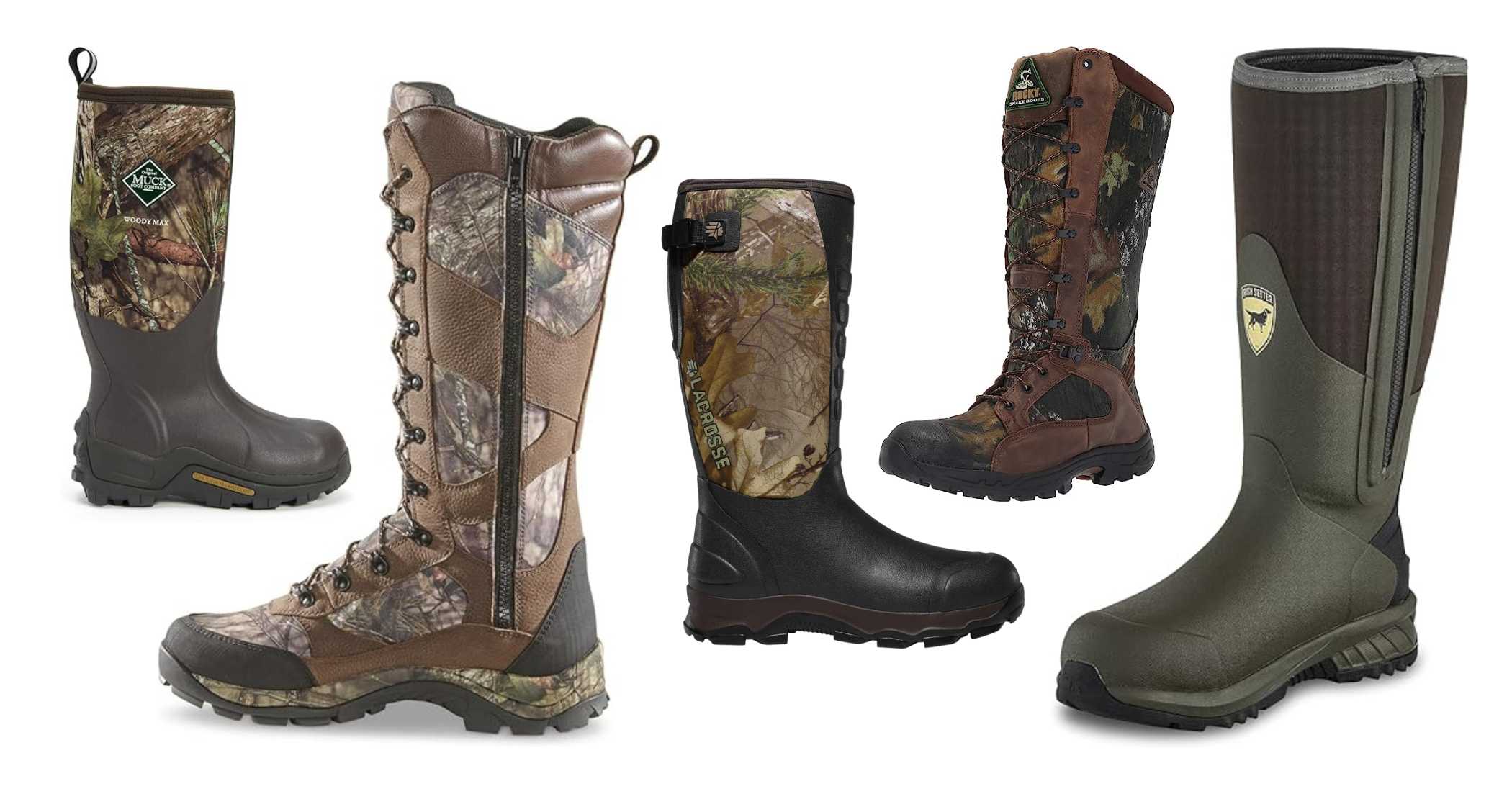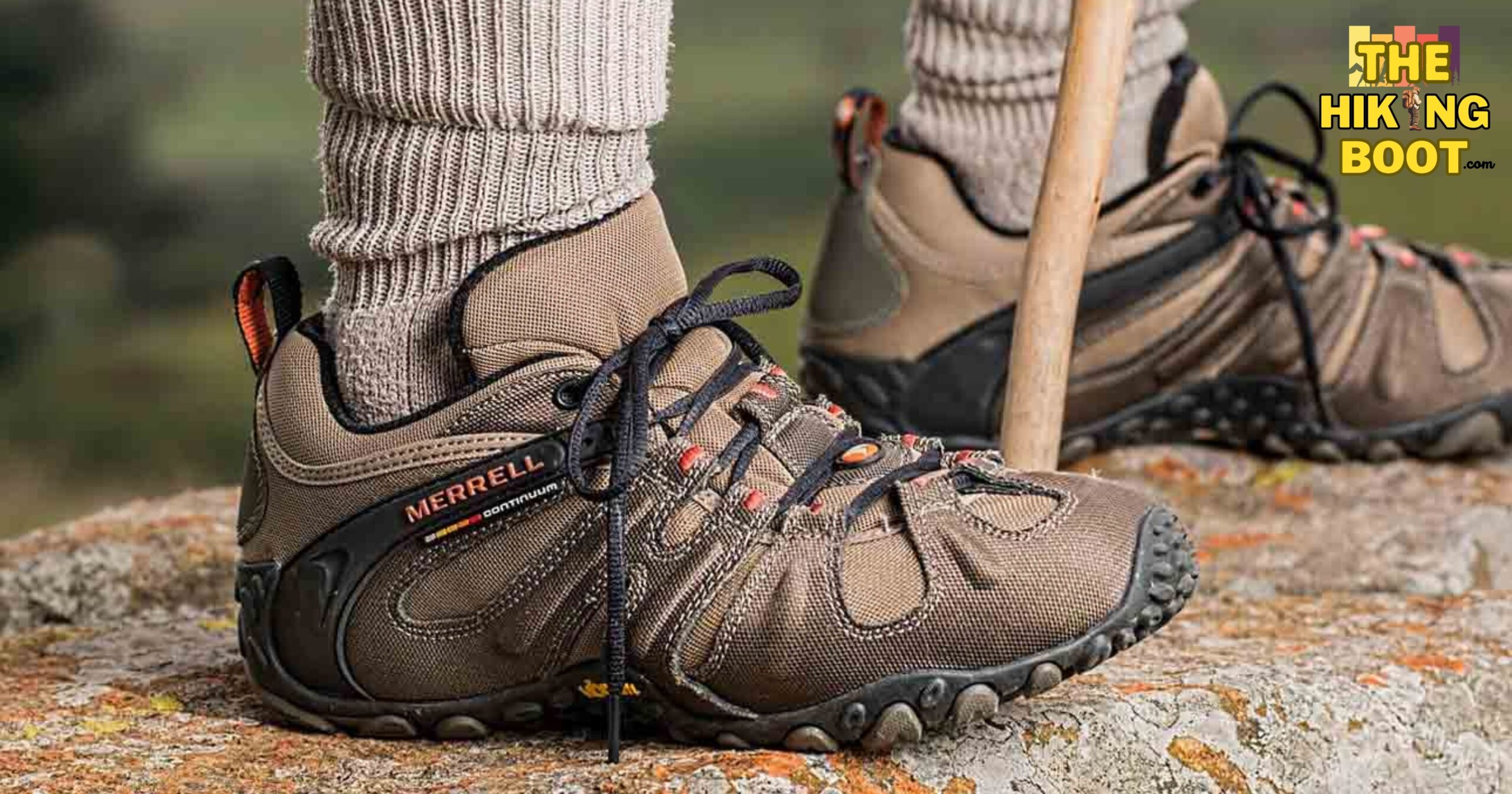When it comes to outdoor activities, having the right footwear can make all the difference in your comfort and performance. Whether you’re planning a hike through the wilderness or hitting the trails for a run, choosing between hiking shoes and running shoes is a crucial decision.
These two types of shoes are designed for different purposes, and understanding their differences can help you make the best choice for your activity.
The Terrain
One of the most significant distinctions between hiking shoes and running shoes is the terrain they are designed for.
Hiking Shoes
Hiking shoes are built for rugged terrain, including uneven trails, rocky paths, and muddy surfaces. They have durable soles with aggressive tread patterns that provide excellent traction on various surfaces. Hiking shoes often feature sturdy toe caps to protect your feet from rocks and roots.
Running Shoes
Running shoes, on the other hand, are optimized for smoother and more even surfaces like roads, tracks, and treadmills. They have cushioned soles designed to absorb impact forces, providing comfort and support for repetitive forward motion.
Support and Stability
The level of support and stability offered by hiking shoes and running shoes differs significantly.
Hiking Shoes
Hiking shoes prioritize ankle support and stability. They often have higher ankle collars and are made with materials that provide better lateral support. This design helps prevent ankle injuries on uneven terrain.
Running Shoes
Running shoes are designed for a different type of movement and focus more on forward momentum. They tend to have lower ankle collars and are more flexible to facilitate a natural stride.
Cushioning
Cushioning is another critical factor to consider when choosing between these two types of footwear.
Hiking Shoes
Hiking shoes offer moderate cushioning, with a focus on shock absorption for rough trails. They prioritize protection and durability over lightweight cushioning.
Running Shoes
Running shoes have more extensive cushioning to provide comfort during high-impact activities like running. They are designed to reduce the stress on your joints and muscles.
Weight
Weight can affect your comfort and agility during outdoor activities.
Hiking Shoes
Hiking shoes are typically heavier due to their robust construction and materials. The added weight contributes to their durability and protection.
Running Shoes
Running shoes are lighter to promote speed and agility during runs. They are designed to minimize the strain on your legs and feet.
Breathability
Footwear breathability can impact your comfort on long journeys.
Hiking Shoes
Hiking shoes often have breathable mesh panels but may prioritize waterproofing and durability over maximum breathability.
Running Shoes
Running shoes are designed with breathability in mind to keep your feet cool and comfortable during intense workouts.
Durability and Longevity
When it comes to durability, hiking shoes tend to have the upper hand. They are built to withstand rough terrain, including sharp rocks, roots, and uneven paths.
Hiking shoe soles are made of tough rubber with deep treads that can handle abrasive surfaces without wearing out quickly.
These shoes are designed to last for many hiking adventures, making them a reliable investment for outdoor enthusiasts.
On the other hand, running shoes are primarily designed for the repetitive motion of running on smoother surfaces. While they may be durable in their own right, they aren’t built to withstand the same level of punishment as hiking shoes.
The cushioning in running shoes can also break down faster with frequent use, affecting their longevity.
Fit and Comfort
Finding the right fit is crucial for both hiking and running shoes. Hiking shoes often come in various widths and sizes to accommodate different foot shapes.
They also offer a snug fit around the ankle to provide stability and prevent injury on uneven terrain. When choosing hiking shoes, it’s essential to consider how they feel with your preferred hiking socks, as sock thickness can affect the fit.
Running shoes prioritize comfort and flexibility.
They typically have a wider toe box to allow your toes to splay naturally during running. The fit is more relaxed, with less emphasis on ankle support.
However, a comfortable fit is essential to prevent blisters and discomfort during long runs. Many running stores offer gait analysis to help you find the perfect running shoe for your stride.
Weight Distribution and Load-Bearing
Hiking often involves carrying a backpack with gear and supplies, which adds extra weight to your body. Hiking shoes are designed with this in mind and offer better weight distribution and support for carrying loads.
The structure and materials of hiking shoes provide stability and reduce the strain on your feet and ankles when navigating challenging terrain with a heavy backpack.
Running shoes, on the other hand, are not optimized for load-bearing. While they are excellent for running without added weight, they may not offer the same level of support when you’re carrying a backpack on a hike.
The lightweight design of running shoes can make them less suitable for load-bearing activities, potentially leading to discomfort or fatigue on longer hikes.
Weather and Waterproofing
The weather conditions you expect to encounter during your outdoor activities can significantly influence your choice between hiking and running shoes.
Hiking shoes often come with waterproofing features such as Gore-Tex membranes or treated leather uppers. These features help keep your feet dry when hiking in wet or muddy environments.
Waterproof hiking shoes are a valuable choice for those who frequently hike in rain, snow, or marshy areas.
Running shoes typically do not prioritize waterproofing, as runners generally avoid wet conditions. While some running shoes may have water-resistant treatments on the upper, they are not designed to keep your feet dry in heavy rain or puddles. Using running shoes in extremely wet conditions can lead to discomfort and blisters.
Cost Considerations
The cost of hiking shoes and running shoes can vary significantly, and it’s important to consider your budget when making a choice.
Hiking shoes tend to be on the higher end of the price spectrum due to their durable construction and specialized features.
However, their longevity and the protection they offer against rough terrain can justify the investment for avid hikers. Quality hiking shoes can last for several seasons of hiking adventures.
Running shoes come in a wide range of price points, making them more accessible for different budgets. While some high-performance running shoes can be expensive, there are also affordable options that provide adequate comfort and support for recreational runners.
It’s essential to strike a balance between your budget and the specific features you need for your running activities.
Conclusion
nderstanding the differences between hiking shoes and running shoes is crucial for selecting the right footwear for your outdoor adventures. Consider the terrain, support, cushioning, durability, fit, load-bearing capacity, weather conditions, and cost when making your decision. Choosing the appropriate footwear will enhance your comfort, performance, and overall enjoyment of your chosen activity.
FAQ’s
What makes hiking shoes different?
Hiking shoes are designed with durable soles, ankle support, and rugged materials to provide stability and protection on uneven terrain.
Can I wear running shoes for hiking?
While running shoes can be worn for light hikes, hiking shoes are better suited for rough trails due to their specialized features.
Are hiking shoes better than running shoes?
Hiking shoes are generally better for hiking because they offer improved traction, ankle support, and durability for outdoor adventures.



